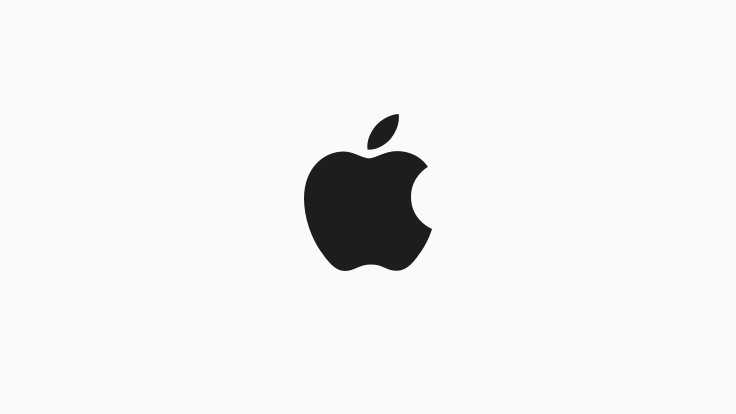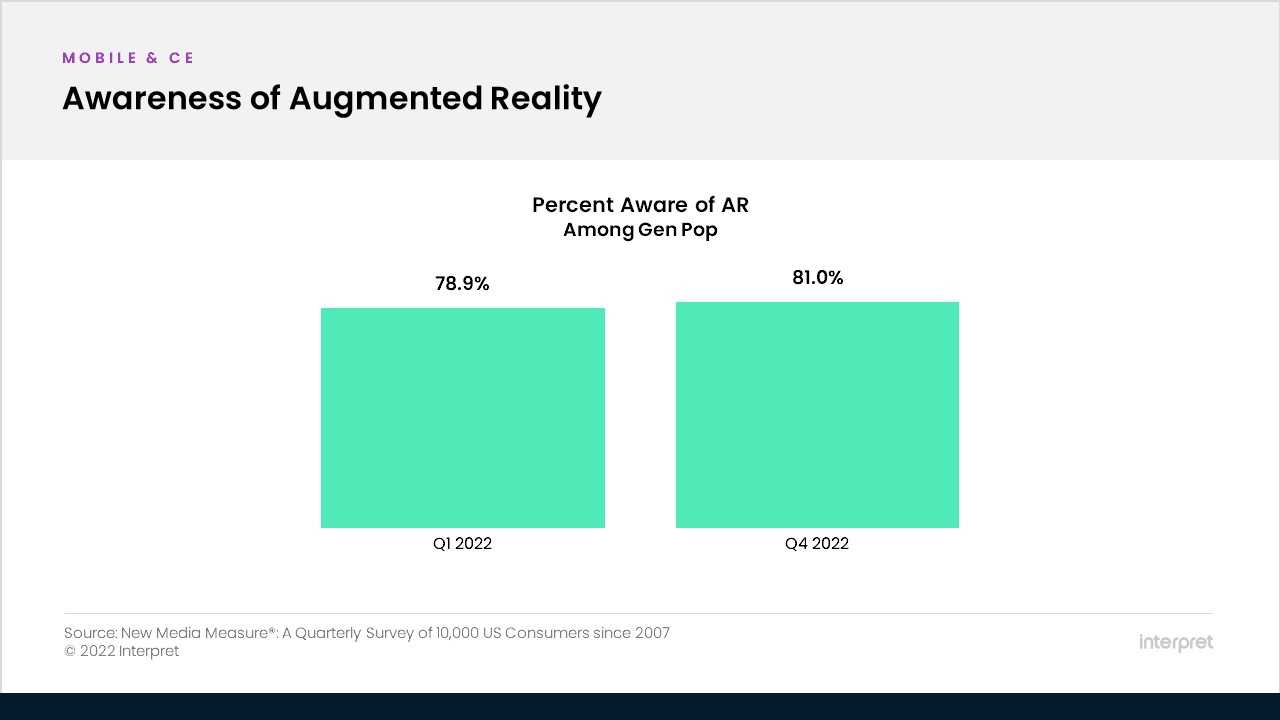While metaverse hype has cooled (Meta itself has reportedly stopped pitching advertisers on it) as many big tech firms have put AI in their sights as “the next big thing,” there are still plenty of believers in some of the tech related to the metaverse, including augmented and mixed reality. Apple is widely believed to be working on its own mixed reality headset that could be unveiled at the Worldwide Developers Conference in June.
The AR aspect in particular has a number of people excited, most notably Apple CEO Tim Cook, who recently sang the praises of AR, telling GQ that an AR environment “may be even better than just the real world — to overlay the virtual world on top of it might be an even better world.” Of course, there have been a number of AR-focused headsets released to date, such as Microsoft’s HoloLens and the Magic Leap headset, but these have been prohibitively expensive for consumers and largely targeted enterprise customers.
Apple revolutionized the mobile market when it released the first iPhone in 2007, in part because of the tightly integrated iOS app marketplace and the highly polished, easy-to-use interface. That same approach is going to be necessary with any AR or mixed reality product that Apple brings to market, and the company will have to carefully balance the value proposition with the tech being offered. The current rumored price tag of around $3,000 would be highly unlikely to sell like the original iPhone, which debuted at $599.
The iPhone business still does incredibly well for Apple, representing about half of the firm’s annual revenues. That said, according to Bloomberg’s Mark Gurman, internal thoughts from Apple executives on AR are incredibly optimistic. Gurman claims that a number of executives believe that after a slow start, AR or mixed reality headsets could have an “opportunity to replace the iPhone.”
In order for that to happen, a number of hurdles would first have to be overcome. Price would be one of those, of course, but perhaps equally important are form factor and function. The design of the headset would need to be incredibly streamlined to feel like regular glasses, be supremely comfortable to wear all-day long (and have the requisite battery life), and critically, Apple will need to prove to consumers that they need an AR device integrated into their daily lives.
The good news for Apple and others pursuing this market is that from an awareness standpoint, companies will be operating with a tailwind at their backs. According to Interpret’s New Media Measure®, overall awareness of AR technology over the last year has been ticking upwards, with over 81% of US consumers now having heard about augmented reality. And those claiming to “know a lot about it” have grown from 8% at the beginning of 2022 to 11% by the close of the year.





